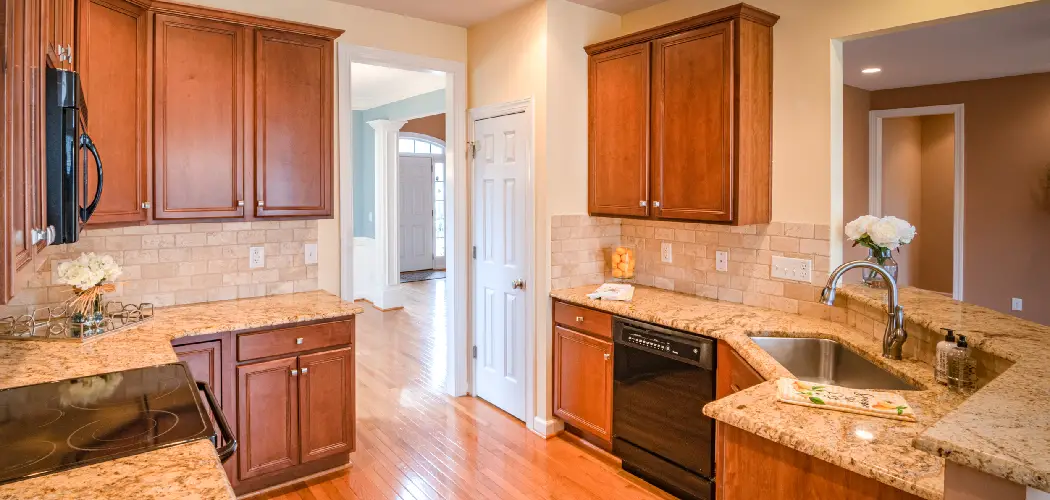Do you want to give your old kitchen cabinets a facelift? Stripping out the old paint and staining them back to natural wood will give them a classic, rustic look that will be sure to add character to your space. The good news is, that stripping out paint is simple with the right DIY know-how.
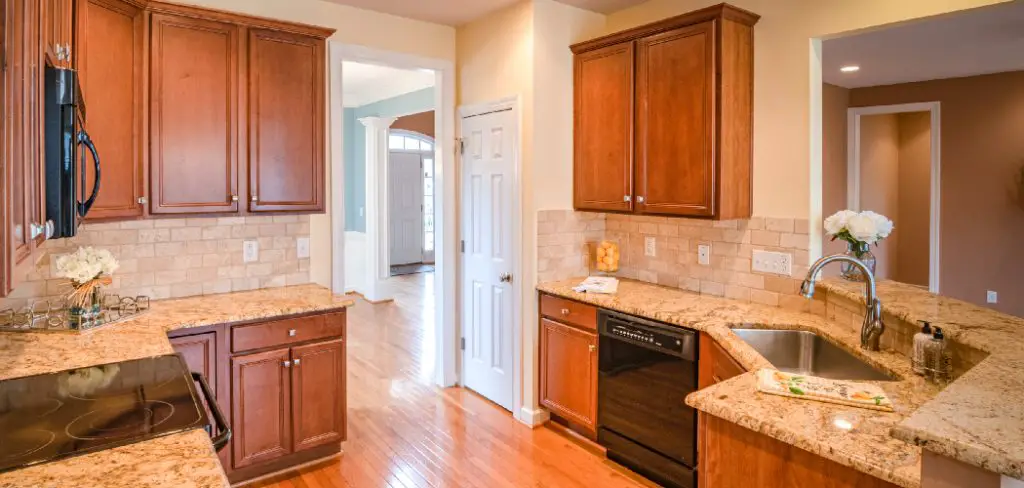
By following our easy step-by-step guide on how to strip cabinets to natural wood for staining, you’ll achieve beautiful results in no time! Keep reading for all of our informative tips on pulling off this popular home improvement project.
Tools & Materials You’ll Need to Strip Cabinets to Natural Wood
- Paint stripper
- Bucket of warm water
- Protective goggles and gloves
- Wire brush or chemical paint remover
- Sandpaper (medium and fine-grit)
- Tack cloths for cleaning up dust particles
- Stain and varnish of your choice
- Paint brush or rag for applying stain/varnish
Step-by-step Guidelines on How to Strip Cabinets to Natural Wood
Step 1: Prep the Area
The first step to stripping out paint from your cabinets is to prepare the area. Make sure you have adequate ventilation and that any surfaces in the vicinity are covered with a drop cloth or newspaper – this will help protect them from any potentially hazardous chemical fumes. Preparing the area will also ensure that you don’t accidentally get paint stripper or other residues on any nearby furniture.
Step 2: Apply the Paint Stripper
Now, it’s time to apply the paint stripper. Carefully read the instructions on the label and apply a thick layer of paint stripper over your cabinets with a brush. Make sure to completely cover the entire surface area. Leave the paint stripper on for about 15-30 minutes, or until you notice that the paint is bubbling up and starting to flake off.
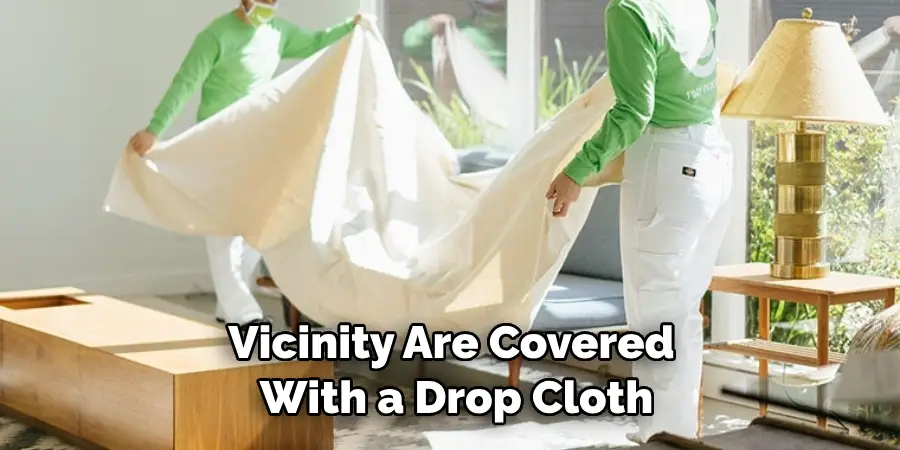
Step 3: Scrape Off Loose Paint
Once you’ve let the paint stripper sit for an adequate amount of time, use a putty knife or wire brush to scrape off any loose paint. Make sure you’re wearing gloves and protective goggles while doing this step, as the particles from the scraping can be hazardous. This will help you effectively remove any remaining paint and reveal the wood underneath.
Step 4: Wash Away Any Residue
Once you’ve scraped away all of the loose paint, use a bucket of warm water to wash away any residue. Make sure to get rid of as much of the chemical residue as possible, as this can have an effect on the final staining job. While you’re at it, take a look at the wood grain to see if there are any rough patches that need to be sanded down.
Step 5: Sand the Wood
Now that your cabinets are clean and free from paint residue, it’s time to sand them down. Start with medium-grit sandpaper and make sure to get rid of any rough patches or blemishes. Once you’ve finished with the medium-grit sandpaper, switch to a fine-grit and do one final pass over the surface area.
Step 6: Clean Off Dust Particles
Once you’re done sanding, use tack cloths to remove any dust particles that have accumulated during the process. This will help you achieve smooth, even results when it comes time to stain and varnish your cabinets. Make sure to take your time and work slowly and methodically for the best results.
Step 7: Apply Stain & Varnish
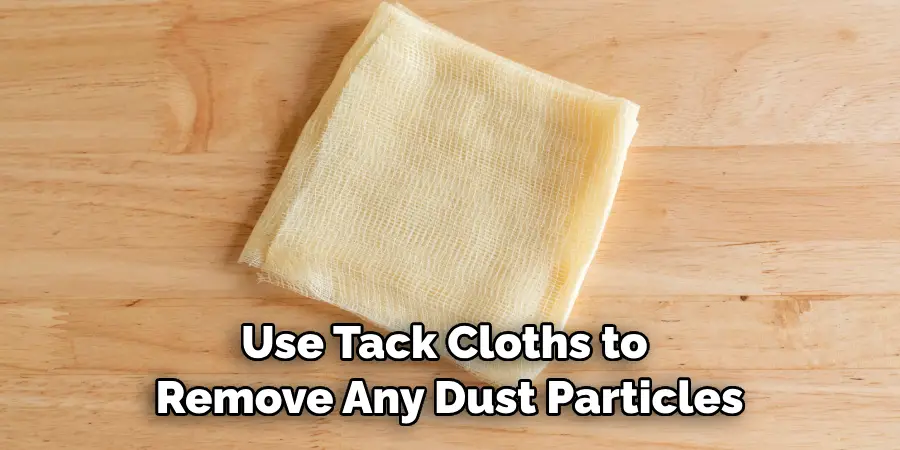
Now that your cabinets are clean and ready, it’s time to apply the stain and varnish of your choice. Start with a thin layer of stain, using either a rag or brush. Once you’ve achieved the color you wanted, apply a thin layer of varnish for protection. Let both dry thoroughly before using your cabinets.
And there you have it – all the steps on how to strip cabinets to natural wood for staining. We hope we’ve provided you with enough information to tackle this project yourself and get beautiful results! Happy stripping and staining!
Additional Tips and Tricks to Strip Cabinets to Natural Wood
- Before you begin, make sure you have all of the necessary supplies on hand. This includes a chemical stripper, steel wool, gloves and eye protection, a cleaning cloth or sponge, sandpaper, wood filler, and a lubricating oil or wax finish.
- When removing the old cabinet doors and drawers, use caution not to break any screws or hardware which can be reused.
- If you’re working with metal surfaces, make sure to use a product designed specifically for stripping metal and not wood.
- Wear protective clothing when using chemical strippers as they may cause skin irritation and should always be used in a well-ventilated area.
- Be sure to take all necessary safety precautions, including wearing gloves and eye protection when working with chemical strippers.
- Work in small sections to avoid over-sanding and uneven surfaces.
- Once you have finished sanding, use a damp cloth or sponge to clean off the remaining residue from the wood surfaces.
- Use wood filler to fill any holes or cracks that may be present on the cabinets before applying a protective finish.
- Finally, use a lubricating oil or wax finish to protect the wood and give it a glossy shine. Take your time to apply the finish evenly and with care for the best results.
Following these tips and tricks will help make sure that you are able to strip your cabinets down to natural wood in the most effective and efficient way possible. With a little bit of patience and know-how, you can have beautiful cabinets in no time at all!
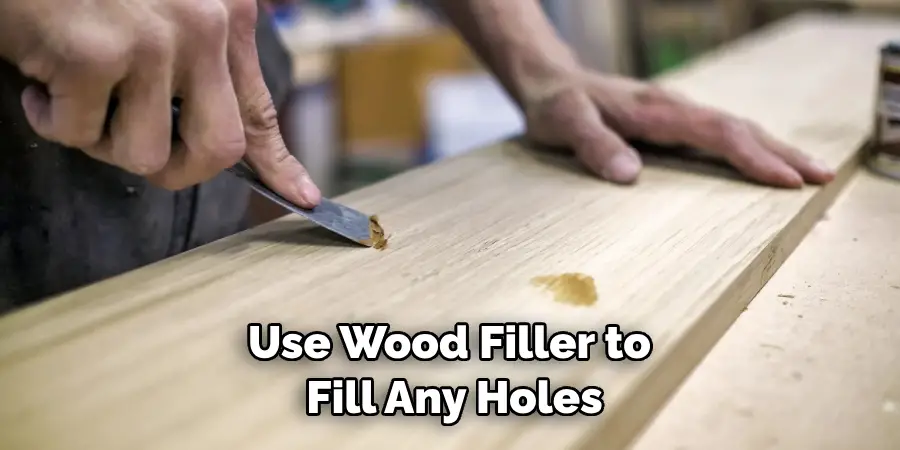
Precautions Need to Follow for Stripping Cabinets to Natural Wood
- Wear protective gear such as gloves and goggles when stripping cabinets.
- Ventilate the room and use a respirator to protect yourself from any fumes that may be released during the process.
- Test a small area first to determine how long it will take to strip the cabinets and what kind of finish you can expect.
- Strip in sections, one cabinet at a time, to ensure that all areas are evenly treated.
- Begin by removing hardware and any attachments from the cabinets.
- Use an orbital sander fitted with 150-grit sandpaper to remove any existing finish on the cabinets.
- After sanding, use a vacuum cleaner or damp cloth to remove all dust particles before starting to strip.
- Apply a chemical stripper designed for furniture or cabinets, and follow the manufacturer’s instructions carefully.
Following these precautions can help you strip your cabinets to a natural wood finish without any issues. Once the stripping process is complete, it’s time to seal and protect the cabinet before adding the desired finish.
Sand the surface with 220-grit sandpaper and apply a top coat of polyurethane or an oil-based sealer for optimal results. Make sure to follow all directions and safety recommendations while performing this DIY project. With the right steps, you can successfully revamp your cabinets and give them a new look.
Frequently Asked Questions
Can I Stain the Cabinets After Stripping?
Yes, absolutely! After you’ve stripped and cleaned cabinets to their natural wood, it’s easy to stain them in whatever color or finish that suits your needs. Depending on the wood type and the finish you want, you’ll need to choose a water-based or oil-based stain. Both types of stain will seep into the wood grain to provide a durable finish that lasts for years.
Can I Paint My Cabinets After Stripping?
Yes, you can also paint your cabinets after stripping them to their natural wood. However, it’s important to make sure that the surface is free of any dirt, dust, and debris before applying a coat of primer. Once the primer is dry, apply two coats of paint in your desired color. Finish with two coats of sealant for a long-lasting finish.
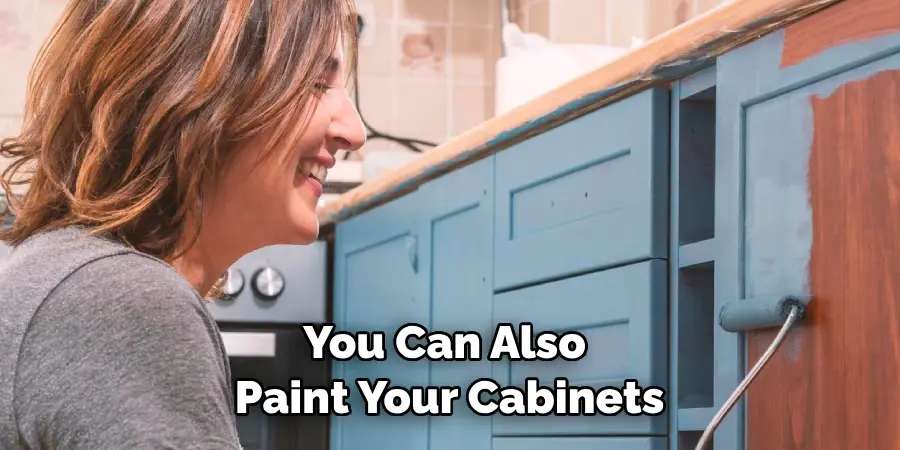
How Long Does it Take To Strip Cabinets?
The amount of time it takes to strip cabinets will depend on the type of wood and finish that’s on your cabinets. As a general rule of thumb, it will take about an hour or two for each cabinet door, drawer front, and side panel to be fully stripped. If you’re stripping the entire kitchen, plan on spending several days to complete the job.
Does Stripping Cabinets Damage The Wood?
Stripping cabinets will not damage the wood if you’re careful and use the appropriate tool. Using a chemical stripper is usually considered to be the safest method for removing old finishes without damaging the wood. However, some aerosol sprays can also work well if used properly. Be sure to always wear protective gear while stripping your kitchen cabinets.
Conclusion
To wrap it all up, stripping cabinets with natural wood is a great way to refresh and update the look of an older kitchen or bathroom. It can take some time and patience to complete the job, but by following the steps above, you can strip cabinetry in your home like a pro.
Not only will it give your home a refreshed feel, but it also adds character and uniqueness—and is sure to turn heads when visitors come round! So why don’t you give this project a go today?
With these step-by-step instructions for how to strip cabinets to natural wood, you’ll be impressed with the results in no time! All that’s left now is for you to get creative. Don’t forget that taking things one step at a time gives you plenty of room for experimentation as well as allowing for mistakes along the way. As long as you follow safety protocols and check up on regular maintenance as instructed, this is a surefire way to revamp any home interior.

